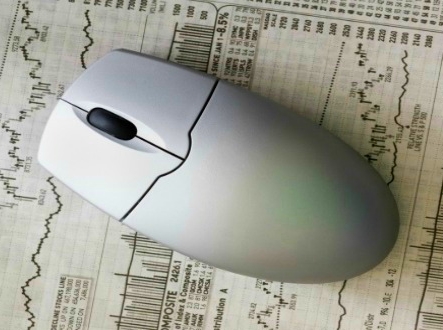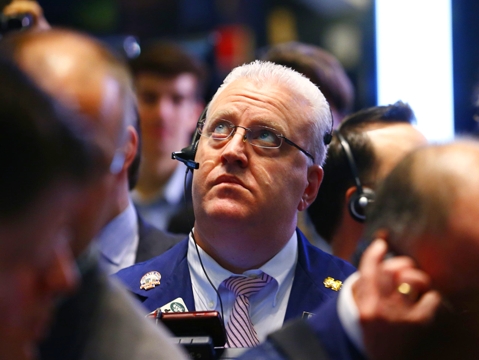Patent drawings usually accompany patent applications. Unless your idea or invention happens to be completely non-visual, you will need to investigate the patent drawing process and develop a plan for creating them. High-quality patent drawings should explain your invention from a visual perspective. These drawings can be especially helpful for conveying pertinent information about a process or how your invention works. Many patent applicants submit several drawings with their patent application to effectively illustrate the various component of their invention.
Can You Create the Patent Drawings Yourself?
Most legal experts who work in the patent field suggest that inventors hire a professional artist or draftsperson to create the official patent drawings. The patent application has to satisfy hundreds of formal requirements, and patent drawings have special requirements of their own that experienced artists who work with patents already understand (Source: Christopher Peil Law Office). Your own patent drawings may help the artist you hire better understand your invention so they can create the professional drawings you need to showcase your idea or invention as effectively as possible.
How Many Patent Drawings Should You Submit?
When it comes to the number of patent drawings you should submit with your patent application, you should consult your patent attorney and draftsperson for advice regarding your specific project. Although some inventions may require just one or two drawings, your application might benefit from several more. In essence, it depends on the nature of your invention. Because your patent attorney has experience with many patents, he or she might have a good idea about how to advise you in this case.
What Should Your Patent Drawings Include?
To do their job, your patent drawings must visually articulate your invention or important aspects of your invention. For the greatest protection, as well as for increasing the understanding of viewers, your patent drawings should be as detailed as possible. The drawings must conform to the patent application’s criteria regarding margin, types of paper, forms, and even what technical details must be included. Again, your patent attorney and draftsperson can advise you about what specific features should be included about your invention. In most cases, you should plan to display various sides and angles of your invention so that the viewers of your application will have the greatest understanding of your idea.
Other Things to Keep in Mind about Patent Drawings
Whether you produce your own patent drawings or hire someone to create them for you, you should keep a few more things in mind. In almost all cases, patent drawings should be done in black and white. Because drawings may need to be reproduced, the contrast of black and white is ideal. In addition, be sure that your drawings are accurately numbered and organized, particularly if any drawings need to be assembled with other drawings in your application. Finally, try to exclude or minimize the use of text in your drawings unless they are essential.
With these tips in mind, you are ready to launch into the drawing process. Remember that drawings are a major aspect of your application and excellent drawings can help you obtain the vital patent protections you need to move forward with your invention. Because inferior drawings can harm your application, take great care to deliver the best drawings you can.
Discover more from Tech News
Subscribe to get the latest posts sent to your email.











